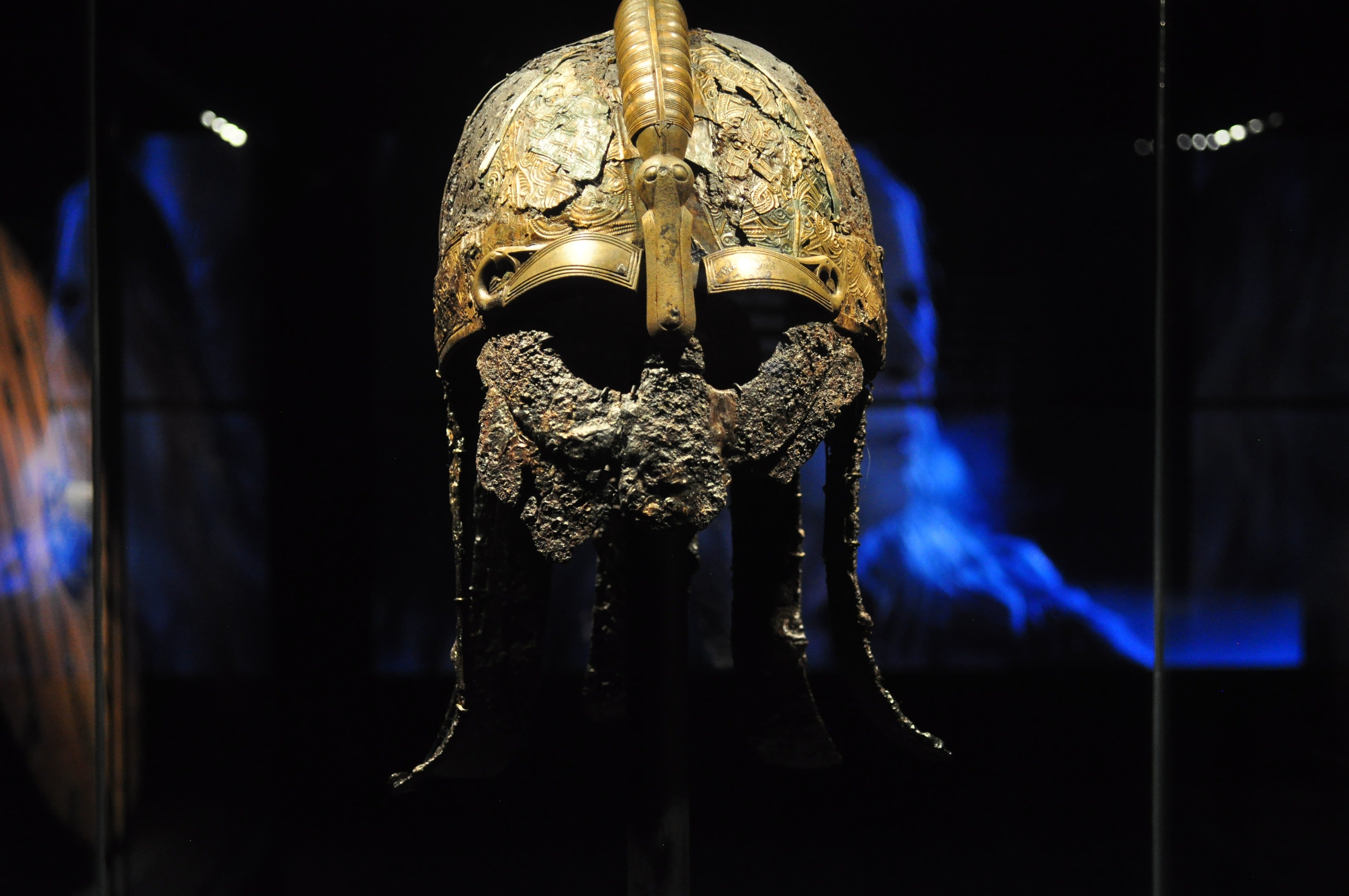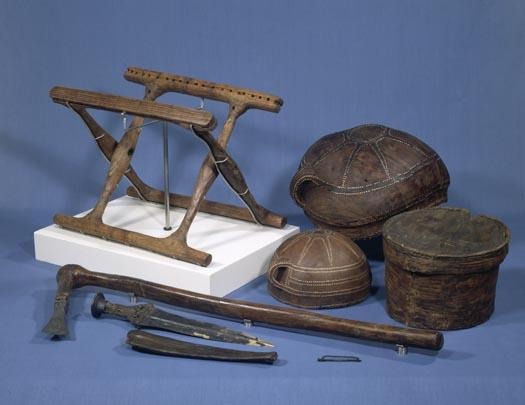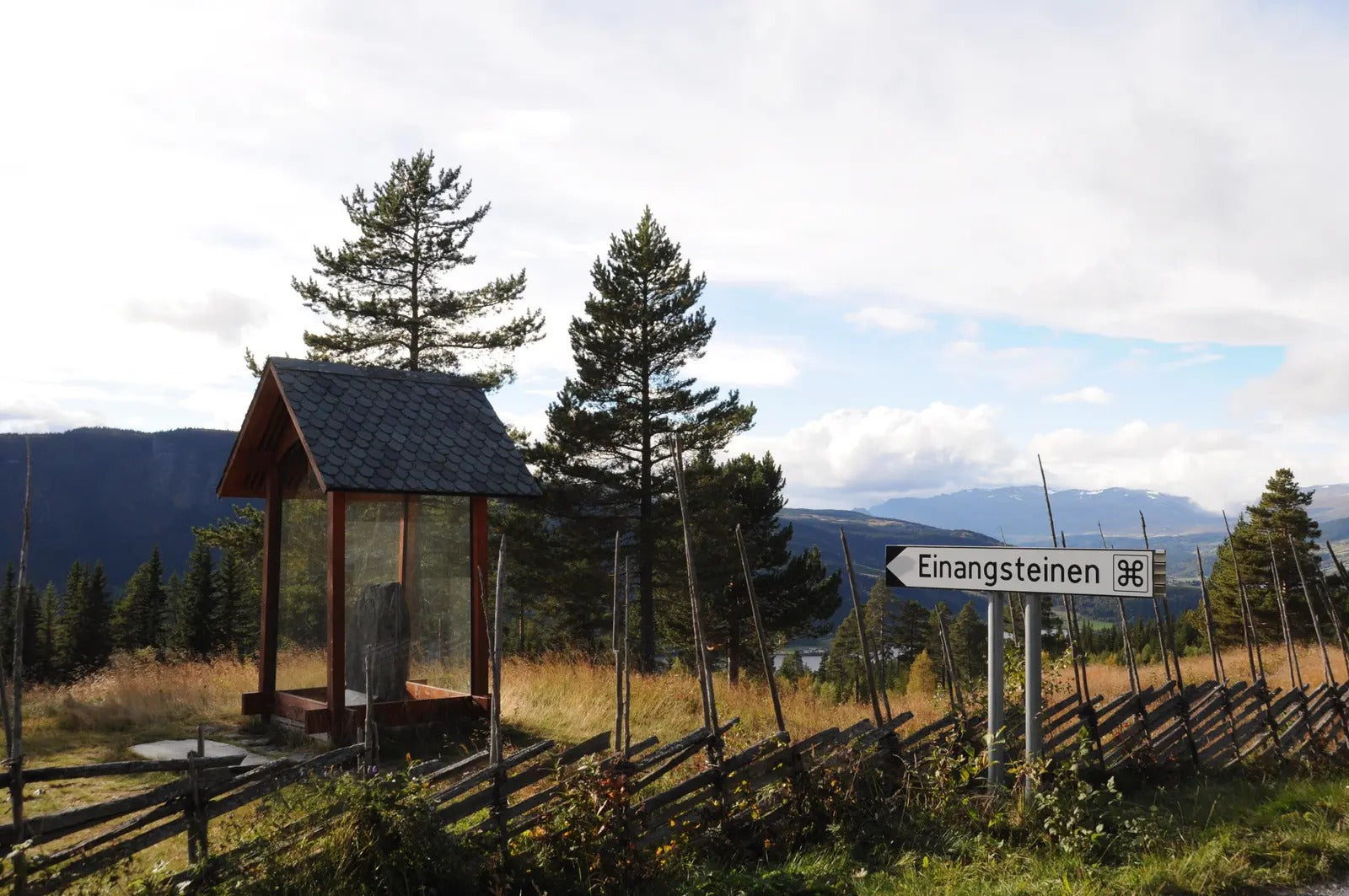
The Valsgärde Excavations: Unveiling the Secrets of Pre-Viking Burials
Nestled in the heart of Sweden, Valsgärde is a name that resonates with the echo of ancient Nordic history. It’s not just another archaeological site; it’s a window into a bygone era, offering glimpses of the lives, deaths, and beliefs of the Norsemen in the era proceding the Viking Age. If you’ve ever wondered what life was like for these legendary Norse warriors, Valsgärde provides some of the most compelling answers.
Historical Context

The Valsgärde Fields
Early Settlements
Long before the Viking Age, the land around Valsgärde was already home to thriving communities. Archaeological evidence suggests that the area was inhabited as early as the Iron Age. These early settlers laid the groundwork for what would become a significant Viking hub.
Viking Age Significance
When we think of Vikings, images of fierce warriors and seafaring adventurers come to mind. Valsgärde stands out as a crucial site from the Viking Age, roughly from the late 8th to the early 11th centuries. This period was marked by extensive exploration, trade, and often, conquest. The finds at Valsgärde give us a deeper understanding of the Viking way of life beyond their well-known exploits.
Discovery of Valsgärde

Shield from Valsgärde Boat Grave 8 (7th Century)
Initial Findings
The story of Valsgärde’s discovery is almost as intriguing as the artifacts themselves. In the early 20th century, archaeologists stumbled upon the site, uncovering what would become one of the most important archaeological finds in Sweden. The initial discoveries included burial mounds that hinted at a rich and complex history lying just beneath the surface.
Major Excavations
The real breakthrough came with the more systematic excavations that began in the 1920s. These efforts, led by prominent archaeologists, revealed a series of ship burials and a treasure trove of artifacts that have since captivated historians and enthusiasts alike. Each excavation has peeled back layers of history, offering new insights and raising fresh questions about the Viking world.
Valsgärde Ship Burials

Silk with Silver Embroidery from Valsgärde boat grave 12, 10th century
The Concept of Ship Burials
Ship burials are among the most fascinating Viking and Vendel Age burial practices. They involved placing the deceased, often accompanied by a wealth of grave goods, in a boat. The vessel was then buried, serving both as a grave and a symbolic passage to the afterlife. This practice underscores the importance of ships in Old Norse culture—not just as vehicles of exploration and warfare but as sacred symbols.
Notable Ship Burials in Valsgärde
Valsgärde is renowned for its ship burials, which include some of the most well-preserved examples ever found. These burials often contained warriors equipped with an array of weapons, armor, and personal items. The craftsmanship of these items provides invaluable insights into Viking technology and aesthetics.
Artifacts Unearthed

Helmet from Valsgärde boat grave 8, 7th century
Weaponry and Armor

One of the most exciting aspects of the Valsgärde excavations is the range of weaponry and armor uncovered. Swords, shields, helmets, and more have been found, each piece telling a story of its own. These artifacts reveal not only the martial prowess of the Norsemen but also their skills in metallurgy and design.
Household Items and Personal Belongings

Glass Bowl from Valsgärde Boat Grave 6 (7th century)
Beyond the weapons, everyday items found at Valsgärde shed light on the domestic aspects of Old Nordic life. Tools, cooking utensils, and even board games have been unearthed, painting a picture of daily routines and leisure activities. These items help us understand that 'Vikings' were not just warriors but also skilled artisans and traders.
Jewelry and Ornamental Finds
The jewelry discovered at Valsgärde is nothing short of spectacular. Intricately designed brooches, necklaces, and rings reflect a high level of craftsmanship and a keen eye for detail. These ornamental finds offer clues about social status, trade networks, and cultural influences.
Significance of the Findings

Weights and Leather Pouch, from Valsgärde Boat Grave 12, 10th century
Insights into Viking Culture
The artifacts from Valsgärde provide a window into Old Norse culture, during and before the Viking Age, that goes beyond the usual stereotypes. They reveal a society that valued artistry, honored their dead with elaborate ceremonies, and maintained complex social structures.
Social Hierarchy and Daily Life
The grave goods found in Valsgärde’s ship burials suggest a clear social hierarchy. The wealth and variety of items buried with the deceased indicate their status and role within the community. Moreover, everyday items give us a glimpse into the routines, diet, and even entertainment of the Viking people.
The Impact of Valsgärde on Historical Knowledge

Body armor in metal and leather, Valsgärde boat grave 8, 7th century
Shaping Modern Understanding
The discoveries at Valsgärde have significantly shaped our understanding of the Viking Age. The artifacts and burial practices provide tangible evidence that helps historians piece together the daily lives, beliefs, and societal structures of the Norsemen pre Viking Age.
Comparisons with Other Viking Sites

The Oseberg Excavation
Valsgärde vs. Oseberg
Comparing Valsgärde with other Viking sites, such as the Oseberg ship burial in Norway, highlights both similarities and unique aspects of each site. The Oseberg burial, which dates entirely back to the Viking Age, is renowned for its opulent grave goods and well-preserved ship, reflecting the wealth and craftsmanship of that period. In contrast, the Valsgärde site offers a fascinating combination of both Viking Age and Vendel Period artifacts. This mixture provides a broader perspective on the evolution of burial practices and material culture over time. While both sites feature ship burials, the differences in the grave goods and burial customs offer valuable insights into the regional variations and transitions within Viking culture.
Valsgärde vs. Sutton Hoo
Similarly, comparing Valsgärde to Sutton Hoo in England reveals interesting parallels and distinctions. The Sutton Hoo burial, dating back to the Vendel Period, showcases the burial practices of the Anglo-Saxon elite. Despite being Anglo-Saxon, the Sutton Hoo burial shares similarities with the Vendel Period discoveries in Valsgärde, particularly in terms of the ship burial tradition and the types of grave goods. Both sites have ship burials, but the artifacts reflect different cultural influences and interactions, enriching our understanding of the complexity and diversity of the Viking Age and the preceding periods.
The Future of Valsgärde

Glass beaker and glass bowl from Valsgärde boat grave 6, 7th century
Ongoing Research
Valsgärde continues to be a focus of archaeological research. New technologies and methods promise to uncover even more about this fascinating site. Ongoing studies aim to answer lingering questions and explore previously inaccessible areas.
Prospects for New Discoveries
The potential for new discoveries at Valsgärde is immense. Each excavation has the possibility of unearthing artifacts that could change our understanding of Viking history. The future of Valsgärde looks promising, with the site continuing to captivate the imagination of historians and the public alike.
Conclusion
The Valsgärde excavation is a testament to the richness of Viking history and the sophistication of their society. From the grandeur of the ship burials to the intricacy of everyday items, each artifact unearthed adds a piece to the puzzle of our past. As technology advances and new discoveries are made, Valsgärde will undoubtedly continue to enlighten us about the Viking world and its enduring legacy. With each artifact unearthed, we come closer to understanding the lives and beliefs of these legendary seafarers.
FAQs
- Are the artifacts from Valsgärde on display for the public to see?
- Yes, many of the artifacts from Valsgärde are showcased in museums across Sweden, offering visitors a chance to marvel at these ancient treasures.
- How were ship burials constructed at Valsgärde?
- Ship burials at Valsgärde involved carefully positioning the deceased and their grave goods within the hull of a boat, which was then buried either in mounds or directly in the ground.
- What role did ships play in Viking culture beyond burial rituals?
- Ships were integral to Viking culture, serving not only as means of transportation but also as symbols of status and power. They facilitated trade, exploration, and warfare, shaping the identity of the Viking people.
- Why is Valsgärde considered significant in Viking archaeology?
- Valsgärde offers a rare glimpse into Viking life through its well-preserved ship burials and diverse array of artifacts. Its findings have contributed significantly to our understanding of Viking culture and history.
- What ongoing research projects are focused on Valsgärde?
- Current research at Valsgärde encompasses various aspects, including further excavation of the site, advanced analysis of artifacts, and exploration of surrounding areas for additional discoveries. These efforts aim to uncover new insights into Viking society and its interactions with the wider world.
References
"Valsgärde 7 and Ultuna helmets 19115" by Christer Åhlin/Statens historiska museum is licensed under CC BY 4.0.
"Valsgärde" by (rinse) is licensed under CC BY-ND 2.0.
"The Vikings Begin 64 - warrior shield, Valsgärde boat grave 8, 7th century" by Joe Mabel is licensed under CC BY-SA 4.0.
"The Vikings Begin 68 - warrior helmet, Valsgärde boat grave 5, 7th century" by Joe Mabel is licensed under CC BY-SA 4.0.
"The Vikings Begin 22 - glass bowl from Valsgärde boat grave 6, 7th century" by Joe Mabel is licensed under CC BY-SA 4.0.
"The Vikings Begin 26 - weights and leather pouch, from Valsgärde boat grave 12, 10th century" by Joe Mabel is licensed under CC BY-SA 4.0.
"File:The Vikings Begin 31 - silk with silver embroidery from Valsgärde boat grave 12, 10th century.jpg" by Joe Mabel is licensed under CC BY-SA 4.0.
"The Vikings Begin 26 - weights and leather pouch, from Valsgärde boat grave 12, 10th century" by Joe Mabel is licensed under CC BY-SA 4.0.
"The Vikings Begin 65 - glass beaker and glass bowl from Valsgärde boat grave 6, 7th century" by Joe Mabel is licensed under CC BY-SA 4.0.








